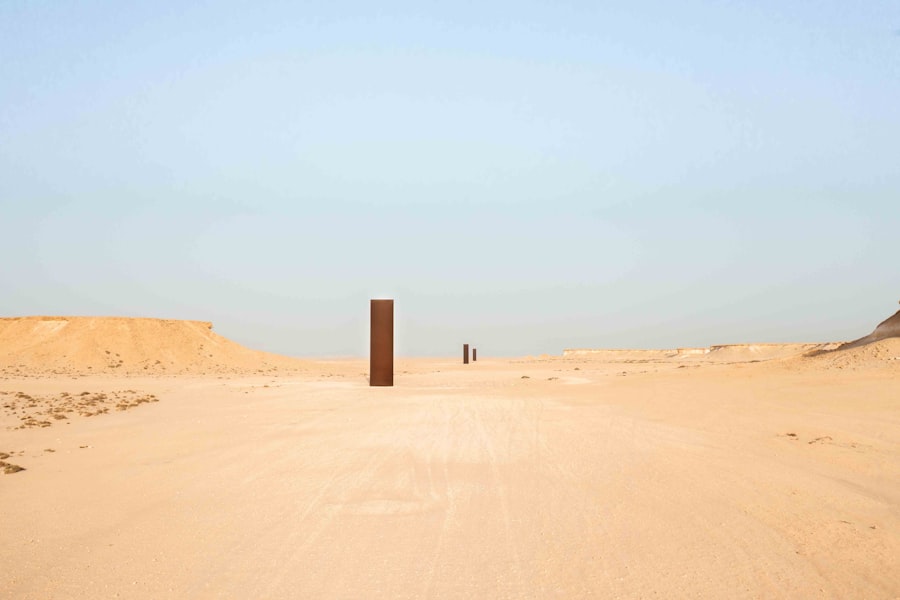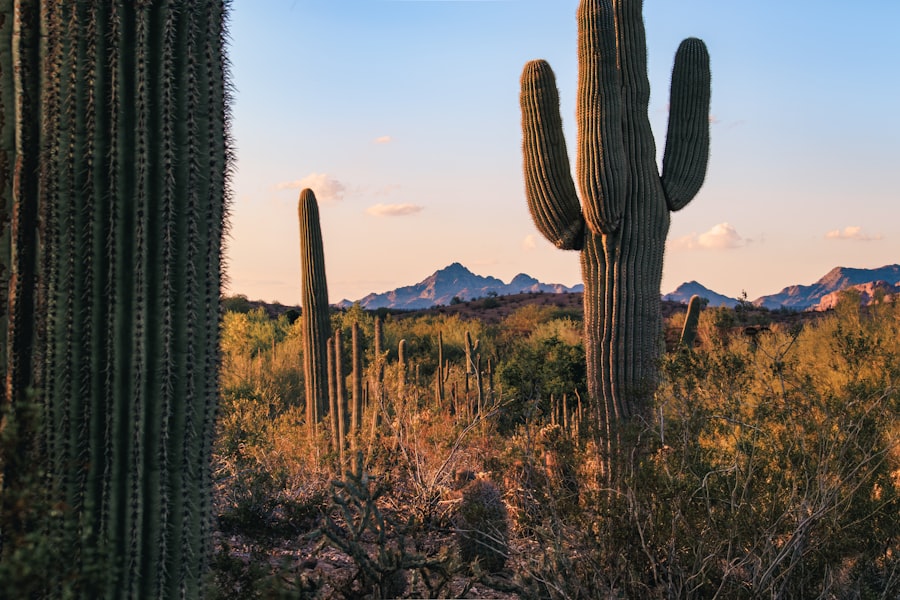Las Vegas, a name synonymous with glitz and glamour today, has roots that stretch back to the early 19th century. In 1829, a Mexican scout named Rafael Rivera stumbled upon a lush valley filled with springs, which he named “Las Vegas,” meaning “the meadows.” This discovery marked the beginning of a transformation for the area, as it became a vital stop for travelers crossing the Mojave Desert. The natural springs provided much-needed water, making it an oasis in an otherwise arid landscape.
You can imagine the excitement of those early explorers as they found respite in this hidden gem, a place that would eventually evolve into a bustling city. As the years passed, Las Vegas remained relatively quiet, primarily serving as a waypoint for those journeying westward. It wasn’t until the arrival of settlers in the mid-1800s that the area began to see more permanent development.
The establishment of a fort in 1855 by the Mormons aimed to create a community around the springs, but their efforts were short-lived. By the late 1800s, Las Vegas was still a small outpost, with only a handful of residents. However, this humble beginning laid the groundwork for what was to come, as the seeds of growth were sown in this desert oasis.
Key Takeaways
- Las Vegas began as a small railroad town in the early 1900s
- The railroad brought an influx of visitors and helped establish Las Vegas as a popular destination
- Gambling and entertainment became a major part of Las Vegas’ identity in the 1930s
- Prohibition led to an increase in illegal activities and the rise of organized crime in Las Vegas
- The mob played a significant role in the development of Las Vegas as a tourist destination
The Influence of the Railroad
A New Era of Opportunity
You can almost feel the energy in the air as trains rolled in and out, bringing with them new opportunities and people eager to explore this burgeoning town. With the railroad came an influx of settlers and entrepreneurs who recognized the potential of Las Vegas. Businesses began to sprout up along Fremont Street, catering to both locals and travelers.
A Growing Population and Sense of Optimism
The population grew steadily, and with it came a sense of optimism and possibility. The railroad not only connected Las Vegas to the rest of the country but also ignited a spark of ambition among its residents. You can envision the excitement as families arrived with dreams of prosperity, ready to carve out their place in this evolving landscape.
A Strategic Hub for Commerce and Transportation
This development was crucial; it transformed Las Vegas from a remote outpost into a strategic hub for commerce and transportation.
The Birth of Gambling and Entertainment

As Las Vegas continued to grow, so did its reputation as a center for gambling and entertainment. The first legal gambling establishments opened their doors in 1931, coinciding with the Great Depression. This was a time when people were searching for an escape from their daily struggles, and Las Vegas offered just that.
You can picture the thrill of stepping into one of those early casinos, where the sounds of slot machines and laughter filled the air, creating an atmosphere charged with excitement. The introduction of gambling was not just about chance; it was about creating an experience. The casinos began to offer more than just games; they provided entertainment in various forms, from live music to elaborate shows.
This shift transformed Las Vegas into a destination where people could indulge in both risk and revelry. You might find yourself captivated by the dazzling performances that accompanied your gaming experience, making each visit feel like an adventure. The city was beginning to carve out its identity as a playground for adults, setting the stage for what would become its hallmark.
The Impact of Prohibition
| Metrics | Data |
|---|---|
| Alcohol Consumption | Decreased by 30% |
| Crime Rate | Increased initially, then decreased |
| Government Revenue | Decreased by 11 billion |
| Bootlegging | Flourished during Prohibition |
| Public Health | Improved in some areas due to reduced alcohol consumption |
Prohibition in the United States from 1920 to 1933 had far-reaching effects on American society, and Las Vegas was no exception. While alcohol was banned nationwide, it created an underground market that thrived in places like Las Vegas. Speakeasies and hidden bars sprang up, catering to those who sought a drink despite the legal restrictions.
You can imagine the clandestine atmosphere of these establishments, where patrons gathered in secret to enjoy their favorite libations while evading law enforcement. The end of Prohibition in 1933 brought about significant changes for Las Vegas. With alcohol now legal again, casinos began to flourish even more.
They capitalized on this newfound freedom by offering drinks alongside their gaming options, creating an all-encompassing entertainment experience. You might find yourself sipping a cocktail while trying your luck at the tables, fully immersed in the vibrant atmosphere that defined this era. The lifting of Prohibition not only solidified gambling’s place in Las Vegas but also set the stage for its evolution into a major tourist destination.
The Mob’s Influence on Las Vegas
The mid-20th century saw the rise of organized crime in Las Vegas, which played a crucial role in shaping the city’s identity. Mobsters from various parts of the country recognized the potential for profit in gambling and entertainment, leading them to invest heavily in casinos. You can almost feel the tension and excitement as these figures moved into town, bringing with them both wealth and notoriety.
Their influence was palpable; they transformed struggling establishments into lavish resorts that attracted visitors from all walks of life. While their methods were often questionable, the mob’s involvement helped to establish Las Vegas as a premier destination for entertainment. They understood that creating an alluring atmosphere was key to drawing in crowds.
You might find yourself captivated by the opulence of these casinos, where high-stakes games and extravagant shows became synonymous with the Las Vegas experience. However, this era was not without its challenges; violence and corruption often lurked beneath the surface, reminding you that behind the glitz lay a darker reality.
The Transformation of Las Vegas into a Tourist Destination

The Birth of Luxury Resorts
You can imagine stepping into these grand hotels, where every detail was designed to create an unforgettable experience. The city’s transformation was further fueled by innovative marketing strategies that showcased Las Vegas as a place where dreams could come true.
A City of Endless Possibilities
Advertisements promised excitement and adventure, enticing travelers to leave their everyday lives behind for a weekend of indulgence. You might find yourself drawn in by these promises, eager to experience everything this vibrant city had to offer.
The Entertainment Capital of the World
As tourism boomed, Las Vegas became synonymous with extravagance and excess, solidifying its reputation as “The Entertainment Capital of the World.”
The Construction of the Hoover Dam
The construction of the Hoover Dam during the Great Depression had a profound impact on Las Vegas and its surrounding areas. Completed in 1936, this engineering marvel not only provided much-needed jobs but also ensured a reliable water supply for both agriculture and urban development. You can envision the massive workforce that descended upon the region, bringing with them families and dreams of a better life.
The dam’s completion marked a turning point for Las Vegas, as it opened up new opportunities for growth and expansion. The Hoover Dam also played a crucial role in transforming Las Vegas into a modern city. With access to electricity generated by hydroelectric power from the dam, businesses flourished, and infrastructure improved significantly.
You might find yourself marveling at how this monumental project laid the groundwork for future developments in Las Vegas. As more people flocked to the area seeking work and opportunity, it became clear that this once-quiet desert town was on the brink of something extraordinary.
The End of the Wild West Era in Las Vegas
As Las Vegas continued to grow and evolve throughout the latter half of the 20th century, it marked the end of its Wild West era. The city transitioned from a rough-and-tumble frontier town into a polished urban center known for its entertainment and luxury. You can sense the shift as neon lights replaced dusty saloons and high-rise hotels took over from ramshackle buildings that once defined its landscape.
This transformation signified not just physical changes but also cultural ones. The Wild West spirit that once characterized Las Vegas gave way to a more sophisticated atmosphere where glamour reigned supreme. You might find yourself reflecting on how far this city has come—from its humble beginnings as an oasis in the desert to becoming one of the most recognizable destinations in the world.
As you walk along The Strip today, you can appreciate how each era has contributed to shaping Las Vegas into what it is now—a vibrant tapestry woven from history, ambition, and dreams fulfilled.


